Disasters happen every day. From conflicts and wars to volcanoes and tsunamis, we are ready to respond whenever we can.
We are impatient to see a world where no family goes without shelter and we help as many families as we can. But we are a charity with limited resources and knowing where and when to help can be hard.
That’s why we have developed our decision to respond criteria. These questions help us make those tough decisions. Most importantly, they help us prioritise the most vulnerable families around the world – the families who need our specialist shelter aid the most.
Permission to respond
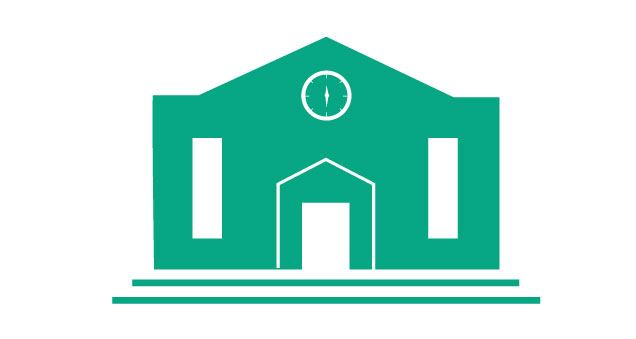
Is our response likely to be welcomed?
Has the affected country’s government declared a state of emergency and/or requested support from either local or international NGOs (Non-Governmental Organisations)? We need to make sure that we can work in a country, and we have permission from the relevant authorities to be there.
Number of families needing help
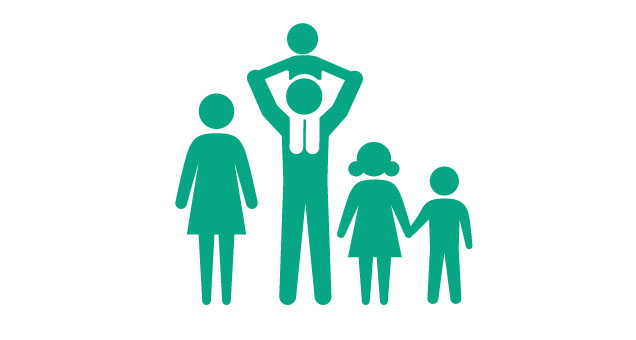
Will at least 200 families still need emergency shelter by the time the aid is provided?
Our experience shows that when fewer than 200 families have lost their homes, emergency shelter is often more quickly and easily provided by the local community like friends, family and neighbours, or government or other local organisations.
Type of aid
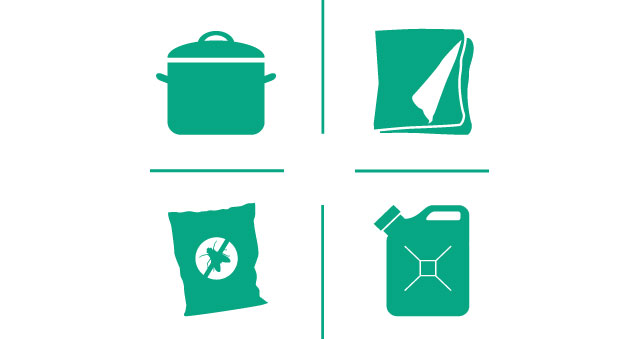
Will our emergency shelter aid be culturally and contextually appropriate?
Will families need to stay where they were before the disaster to protect their land? Are families sharing space with other families in places like a community centre? We will always ensure the aid we provide is appropriate for the cultures of families in need of support and the conditions they are living in.
Length of time support will be needed

Are families likely to be using their emergency aid for at least one month?
We will carefully consider whether the need for emergency shelter might reduce. We want to focus on helping people who don’t have any other options for emergency shelter or support, and we’ll prioritise those who are least able to support themselves.
Supporting the most vulnerable
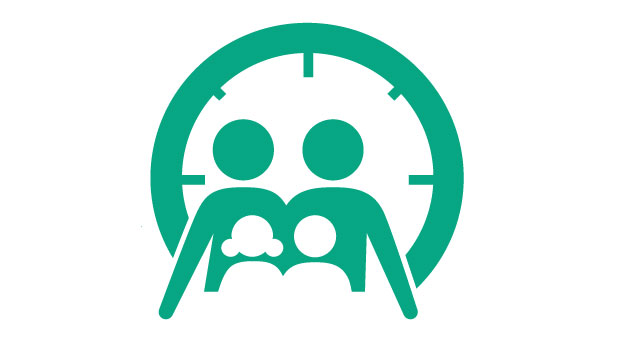
Are there any marginalized or vulnerable groups that aren’t getting any help?
How are local agencies or communities able to help? Are other organisations or agencies already providing the support that is needed? To ensure that ShelterBox aid has the best possible effect, we will only respond if other organisations, agencies, partners, or authorities are not already meeting the emergency shelter needs by the time we are able to give help.
ShelterBox Resources
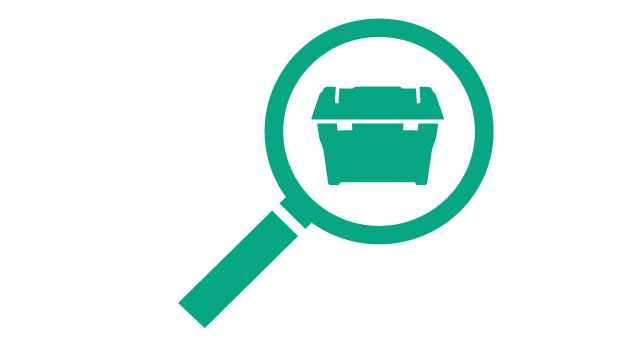
Do we have the resources needed for the duration of a response?
We have limited resources and have to ensure that our response will give families the support they need. We carefully consider the resources we have available and will only decide to respond to a disaster if we know we are able to see it through and achieve make a positive impact to the lives of the people affected.
Safety

Can we safely respond?
We take the safety of our teams, our partners, and our beneficiaries seriously. We are experienced in working in lots of different and extreme situations around the world. We work hard to understand the risks involved and the resources we will need to help local families and ensure that our response can be carried out safely.
Global Development Index Rating

What is the affected country’s index rating?
We will always work hard to prioritise and help the most vulnerable families in an emergency. To ensure we are helping those most in need when disasters happen across multiple countries, we use additional criteria outlined by INFORM (Index for Risk Management) Global Risk Index and the Organisation for Economic Cooperation and Development’s list of countries eligible for Official Development Assistance.
Positive Impact

How quickly and efficiently can we respond, and where will our support have the greatest impact for families?
We will carefully consider how quickly and efficiently we can respond, and where our aid and support may be best suited for families affected by the disaster.
